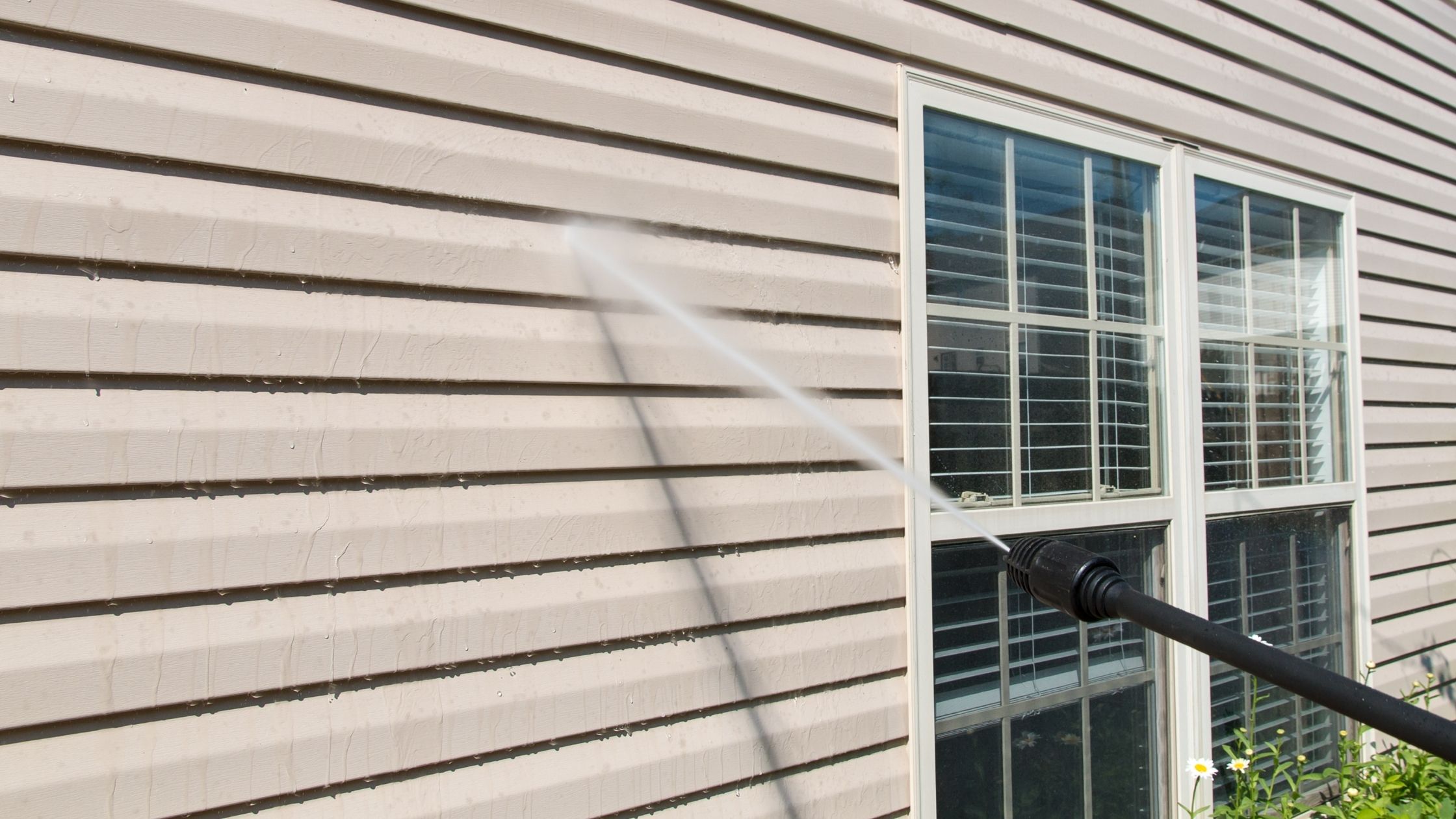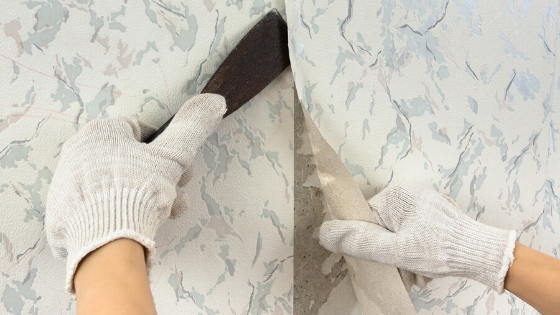Is there a big green stain on your vinyl siding? Do you want to get rid of it and renew the look of your home’s exterior? Well then the good news is that you have landed at the right place. The process of getting rid of the green stain is pretty straight forward and you can carry it out on your own. We suggest that you keep reading this guide until the very end to know everything to get rid of the algae from your vinyl siding. That being said, let’s get started:
What Causes Green Stain on Vinyl Siding?
Since its introduction in the 1950s, Vinyl siding gained explosive popularity due to its strength, weather resistance and versatility. However, while it can withstand harsh UV rays and high winds, it can still get stains including green discolouration which can be caused by the following:
Mould:
The growth of mould can occur when there is an ongoing water leakage issue or an improper drainage from gutters or drainpipes. You can begin the mould removal process once the necessary repairs have been made.
However, we suggest that you work with an expert when removing the mould because it involves the use of some harsh chemicals. On the contrary, removing algae is easier which is what we will do in this article.
Algae:
The growth of algae typically occurs due to the collection of dirt and dust because the organic material found in them is the source of its food. It might appear green or brown in colour and stay damp.
The algae can start to spread over the time if not taken care of which will decrease the overall appeal of your home. Unlike mould, the algae is not deeply rooted in the wall or floor and can be easily removed. Let’s see how to do that:
Things You Will Need:
- Duct Tape
- Plastic Sheet
- Garden Hose
- Water
- Oxygen Bleach/chlorine bleach or Trisodium Phosphate
- Large Bucket
- Long Scrub brush
Steps to Follow
Step #1: Safety First
Before jumping into the handyman routine, it is imperative that you take safety precautions. This means you need to cover the electrical outlets outside the home and especially in the area of interest with duct tape.
Make sure to close all the doors and windows that lead inside the home. Also, cover the plants and landscaping around your house using a plastic sheet. Doing this will ensure the cleaning chemicals do not enter your home or damage the plants.
Step #2: Soak it up
Now we will move towards the actual cleaning procedure. You need to start spraying down the siding using water with the help of a garden hose. Put the nozzle on medium force and start from the top and spay the water towards the bottom.
Do not spray water from bottom to the top because large amount of water can seep behind the siding cause more damage than good.
Step #3: Bring in Those Chemicals
This is the time for you to bring in the infantry armed with chemical weapons. There are three kinds of solutions that you can use. The first one is mixture of half pound trisodium phosphate with two gallons of warm water, second one is the mixture of one part chlorine bleach with four parts water, and the last one is the mixture of 4-6oz oxygen bleach per water gallon.
The use of oxygen bleach is the safest and is also very effective. So depending on what you have available, you can prepare the solution. Once you prepare the mixture, test a small area with it and see if it is effective or not. If not, move on to the any solution out of the two we have mentioned.
Step #4: Scrub Hard
Once you have the solution prepared and ready to use, take out your long handled scrubbing brush, dip it into the solution of TSP or bleach that you have prepared, and start scrubbing from side to side. Make sure to apply extra pressure on the green stains.
Start working from the top of the house and work your way to the bottom in the same side to side motion. Work in about 20 feet wide sections and cover the full height of the siding.
Step #5: Rinse it
Now when you have scrubbed the 20 foot wide section of the structure, rinse it with water using your garden hose. You need to do this after every 20 feet wide section you scrub from top to bottom.
Keep in mind, you need to rinse from top to bottom as well because doing the opposite can risk the water seeping inside the siding and doing damage later on. Once you are done with the whole siding, you should have an algae free structure.





